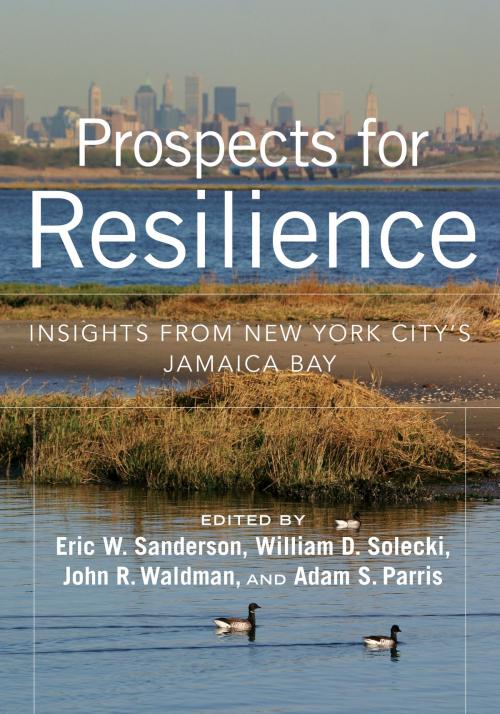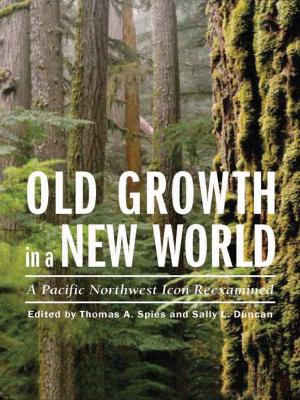Prospects for Resilience
Insights from New York City's Jamaica Bay
Nonfiction, Art & Architecture, Architecture, Planning, Science & Nature, Science, Biological Sciences, Environmental Science| Author: | Eric W. Sanderson, William D. Solecki, John R. Waldman, Adam S. Parris | ISBN: | 9781610917346 |
| Publisher: | Island Press | Publication: | November 17, 2016 |
| Imprint: | Island Press | Language: | English |
| Author: | Eric W. Sanderson, William D. Solecki, John R. Waldman, Adam S. Parris |
| ISBN: | 9781610917346 |
| Publisher: | Island Press |
| Publication: | November 17, 2016 |
| Imprint: | Island Press |
| Language: | English |
Given the realities of climate change and sea-level rise, coastal cities around the world are struggling with questions of resilience. Resilience, at its core, is about desirable states of the urban social-ecological system and understanding how to sustain those states in an uncertain and tumultuous future. How do physical conditions, ecological processes, social objectives, human politics, and history shape the prospects for resilience? Mbooks set out "the answer.” This book sets out a process of grappling with holistic resilience from multiple perspectives, drawing on the insights and experiences of more than fifty scholars and practitioners working together to make Jamaica Bay in New York City an example for the world.
Prospects for Resilience establishes a framework for understanding resilience practice in urban watersheds. Using Jamaica Bay—the largest contiguous natural area in New York, home to millions of New Yorkers, and a hub of global air travel with John F. Kennedy International Airport—the authors demonstrate how various components of social-ecological systems interact, ranging from climatic factors to plant populations to human demographics. They also highlight essential tools for creating resiliwatersheds, including monitoring and identifying system indicators; computer modeling; green infrastructure; and decision science methods. Finally, they look at the role and importance of a "boundary organization” like the new Science and Resilience Institute at Jamaica Bay in coordinating and facilitating resilience work, and consider significant research questions and prospects for the future of urban watersheds.
*Prospects for Resilience*sets forth an essential foundation of information and advice for researchers, urban planners, students and others who need to create more resilicities that work with, not against, nature.
Given the realities of climate change and sea-level rise, coastal cities around the world are struggling with questions of resilience. Resilience, at its core, is about desirable states of the urban social-ecological system and understanding how to sustain those states in an uncertain and tumultuous future. How do physical conditions, ecological processes, social objectives, human politics, and history shape the prospects for resilience? Mbooks set out "the answer.” This book sets out a process of grappling with holistic resilience from multiple perspectives, drawing on the insights and experiences of more than fifty scholars and practitioners working together to make Jamaica Bay in New York City an example for the world.
Prospects for Resilience establishes a framework for understanding resilience practice in urban watersheds. Using Jamaica Bay—the largest contiguous natural area in New York, home to millions of New Yorkers, and a hub of global air travel with John F. Kennedy International Airport—the authors demonstrate how various components of social-ecological systems interact, ranging from climatic factors to plant populations to human demographics. They also highlight essential tools for creating resiliwatersheds, including monitoring and identifying system indicators; computer modeling; green infrastructure; and decision science methods. Finally, they look at the role and importance of a "boundary organization” like the new Science and Resilience Institute at Jamaica Bay in coordinating and facilitating resilience work, and consider significant research questions and prospects for the future of urban watersheds.
*Prospects for Resilience*sets forth an essential foundation of information and advice for researchers, urban planners, students and others who need to create more resilicities that work with, not against, nature.















